Disease runs through weak horse herd
|
|
BLM Confronts Salmonella Outbreak
at Palomino Valley Center
|
Part Two
Click map to view full size view in a new window.
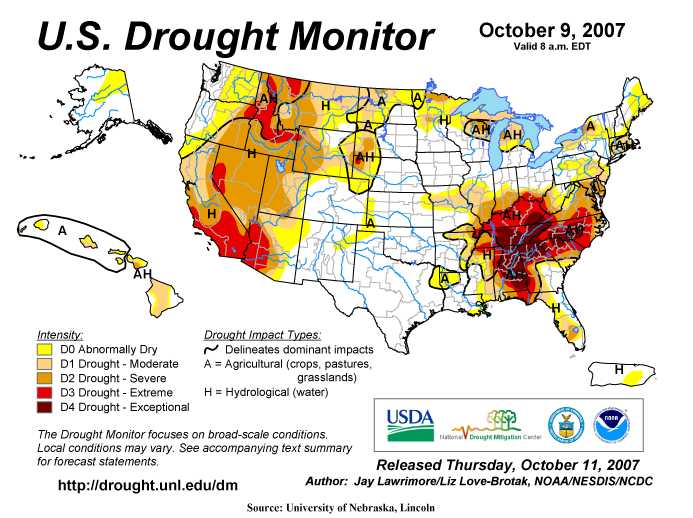
Further investigation has revealed the following conditions.
Available water supplies were severely impacted by drought and animal usage. One estimate was that approximately half the permitted livestock were removed from the range. Reductions were impossible to verify since there are several grazing allotments in the HMA, but we have determined that grazing permitees have reduced both numbers of cattle and the length of time cattle were left out to graze. Such actions have combined to produce a significant reduction in AUMs (animal unit months) of grazing pressure. Several permitees left water turned on for wildlife and the horses. (Readers should note that while some remote wells are windmill powered, others require solar or engine power to operate. All require servicing during extended use and those costs are borne by the well owners.)
Even with fewer cattle and many of the man made supplemental water sources still operating, the recharge rates for those water sources were insufficient for the number of animals present. This situation resulted in growing numbers of animals milling around near water sources waiting for water.
Horses and cattle having to "hang about" near water sources produce two negative outcomes. First the animals lose "grazing time" waiting for water. On high desert range where grass is sparse and spread over an area calculated in multiple square miles, this loss of food intake can weaken grazing animals.
Horses in particular instinctively make short visits to water sources (locations historically favored by predators) and head back to more secure areas that are also more abundant in food supply. Such behavior serves to minimize the amount of fecal matter that horses leave near water sources. When horses and other salmonella susceptible animals are forced to loiter about water supplies waiting for them to recharge, they will naturally deposit more fecal matter around these supplies. Salmonella often produces diarrhea in these animals which, of course, increases both the amount of fecal matter produced and the bacteria load in such fecal matter, which in turn increases local contamination.
Before the gather BLM estimated 1,064 horses were competing for water along with the region's wildlife and the remaining permit livestock. The number of horses remaining after the gather is within the AML (animal maintenance level) set for that HMA, 130 to 217 head. After the horse and livestock population reductions, water consumption by remaining stock, wildlife and horses no longer exceeds the recharge rates of the available water sources.
October 11, 2007.
We visited the affected region and it is arid. The Jackson Mountains are bounded to the northwest by the Black Rock Desert, a barren playa over 100 miles long. On the southeast is Desert Valley. The most prominent plant communities are scrub, sagebrush and rice grass. We entered the region from the Black Rock Desert side, crossed over Antelope Pass and viewed the range from the Desert Valley side. We found a few abandoned wells and a few others that were still working. The working wells supplied stock tanks or cisterns that were accessible to any animals on the range. We didn't make a comprehensive study of the area, but in spending a few hours in the region we found what appeared to be sufficient grass for the remaining animals. Our conclusion was that the principal problematic factor was lack of sufficient available water for the amount of animals inhabiting the area during a particularly dry year.
Click on maps for larger views
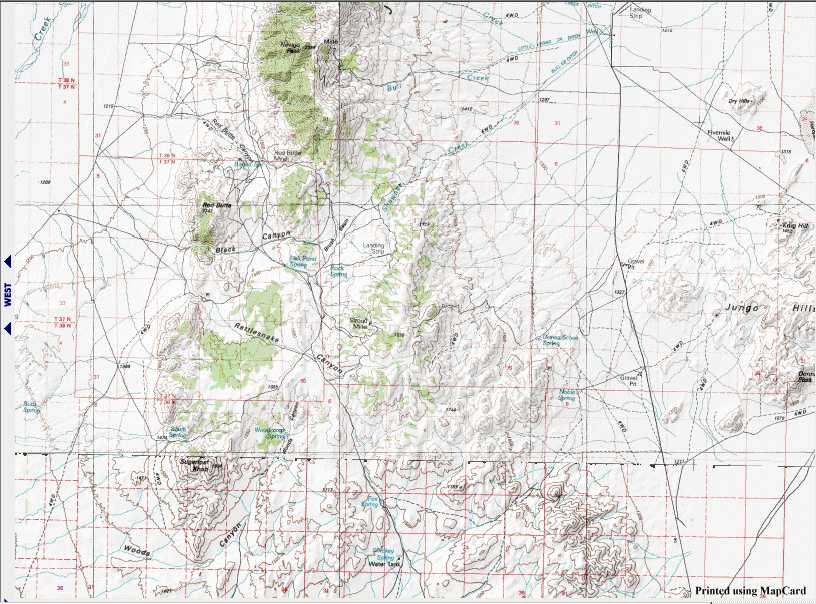
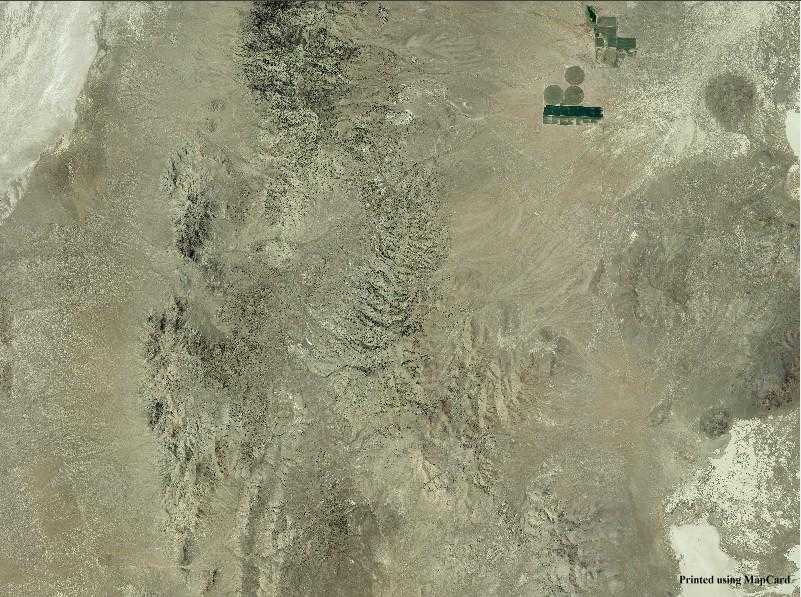
Floor of Black Rock Desert (site of the Burning Man Festival.)
This playa is so long and flat you can see the curvature of the earth on the horizon.
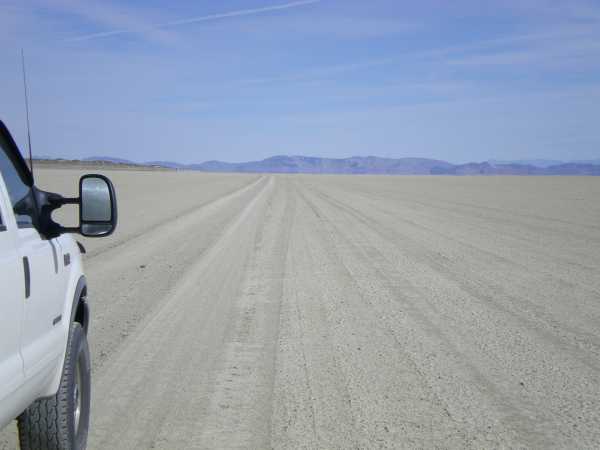
Desert Valley side - some very arid country.
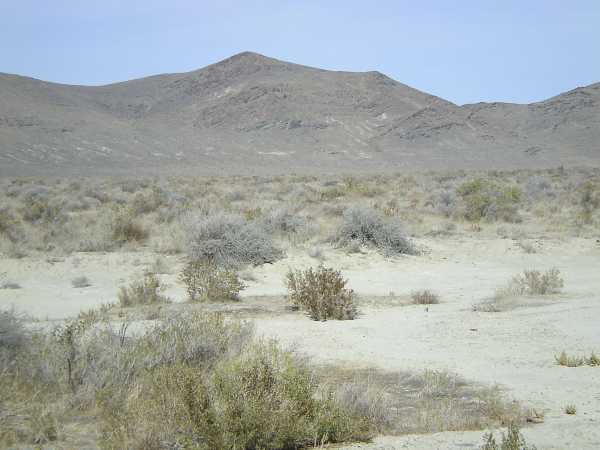
Rice grass growing under the sage.
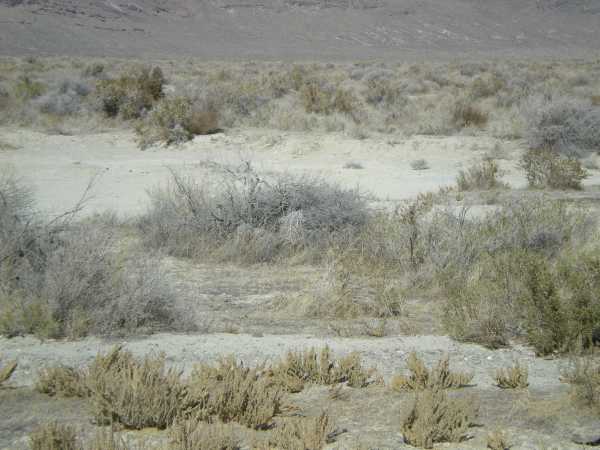
Horse hoof prints in a dried up mud puddle.
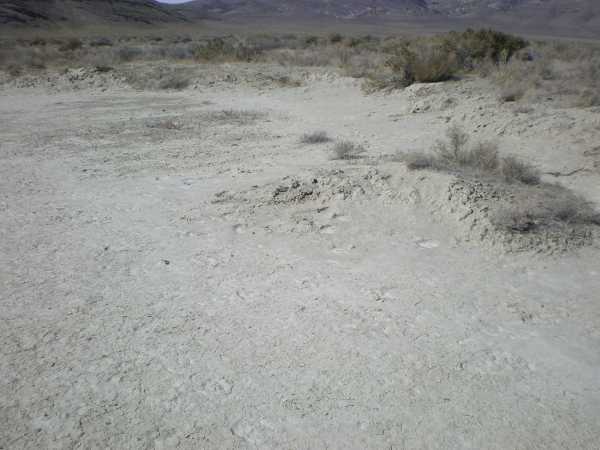
An abandoned diesel powered well on the Black Rock Desert side.
Plenty of grass but no water.
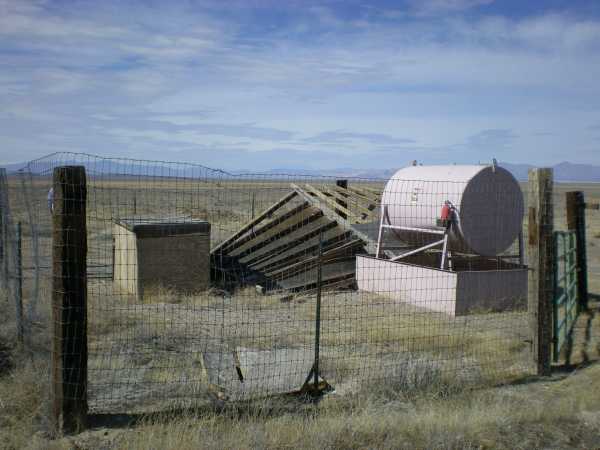
Nevada Water Rights.
Folks not familiar with Nevada's water laws need to understand Nevada water rights.
Nevada's water laws basically assign first rights to those who can prove first use. Ergo a private rancher who has established first rights to a water source, or who has obtained those rights by legal reassignment from the party that held those rights, has by law the right to use the water however he/she deems fit for "beneficial use." While there are a few limitations designed to protect wildlife and streams, a water rights holder has a great deal of authority over how and when his/her water can be used.
On much of the range, private parties and corporate interests control the water. In some instances areas of range are habitable by larger animals, including livestock and horses, because non-governmental entities established water rights and developed water sources.
There have been instances where holders of water rights have exceeded their authority in limiting wildlife and horse access to water. Conversely there have been instances where holders of water rights made their water available to the greater good. We have been informed that in the Jackson Mountains range, the numbers of horses that were sustained in the drought were in part due to the permittee cooperating and leaving his water available for all animals. In this instance the profound lack of water in the region, not manipulation of water supplies, precipitated the salmonella outbreak in the horse herd.
Here are some links to help everyone better understand how Nevada water rights work.
For current national drought conditions, log onto:
Personal comments.
In response to some very inflammatory and incorrect accusations being distributed on the internet I feel compelled to add a personal observation. Not every livestock operator helps out the wild horses and we are aware of a few who have actually broken the law. (We have actually helped gather evidence against lawbreakers.) Also not every range management decision has turned out to be best for wild horses. However it is detrimental to the advocacy of wild horses when certain groups turn every incident into a "tissue issue." It does nothing to encourage those livestock operators who do help the wild horses to be blasted by folks who repeatedly don't bother to get the facts before starting their attack campaigns. Similarly when BLM is doing what is reasonable and appropriate to deal with a serious drought-caused situation, there is no benefit in hacking them up over a problem that they didn't create.
Let's use some judgment and save our criticism for those situations that really warrant it. There are some bad guys out there and there is no benefit in shooting the good guys because folks are unwilling to stop and identify their targets before they fire.
|